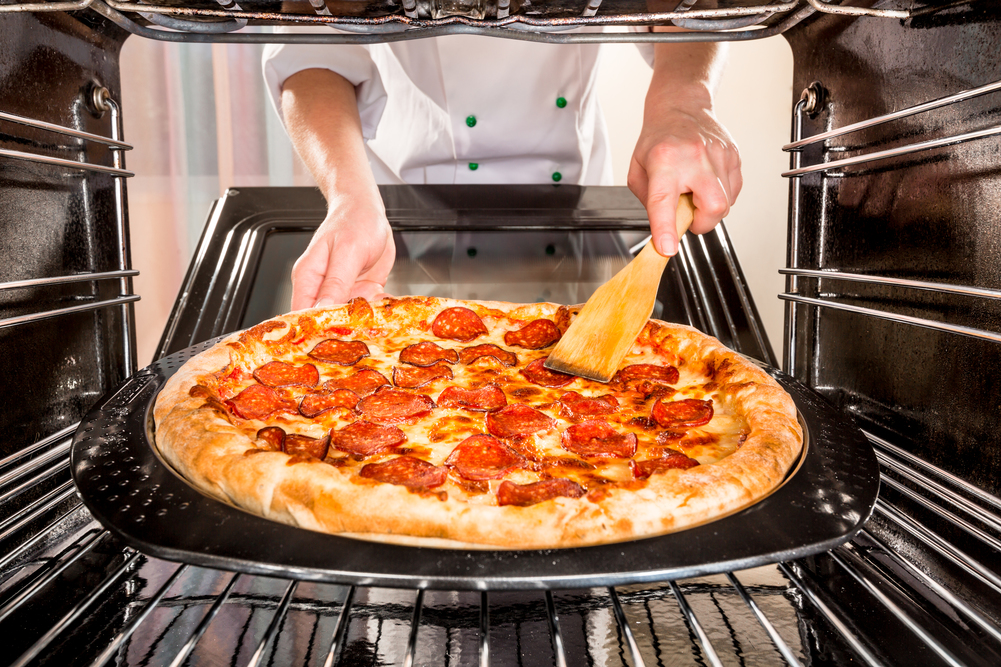When researching the preferences of consumers, it’s often a lot of “hit” and “miss”. Researchers usually have to be careful to phrase their questions in a manner that won’t bias a focus group, and often ask the same question in paraphrases to get a definitive answer.
In the quest for the perfect pizza, however, researchers recently found a new way to measure the visual attractiveness of food items. Instead of relying on human sensory assessment, they used a machine vision technique coupled with careful imaging analysis. Thus began the quest for the perfectly-formed, attractive-looking cheese pizza.
The results of the study, conducted by the Institute of Food Technologists (IFT), were published in the Journal of Food Science. Researchers evaluated the pizza baking performance of different cheeses (mozzarella, cheddar, Colby, Edam, Emmental, Gruyere, and provolone) in conjunction with technique to see how their composition and functional differences affected browning and blistering.
Researcher now know which cheeses melt the best and retain their color; accounting for elasticity, free oil, moisture, water activity and transition temperature. Cheddar, Colby, and Edam cheeses don’t bubble and blister, they discovered, because of their small elasticity. They also now know the role that free oil plays in pizza cheese; it prevents moisture evaporation. So throwing a little oil can prevent intensive browning on Gruyere and provolone.
What does this mean for consumers? Be on the lookout for more variety, and rich, bubbly bright cheese in future prepackaged pizzas. The cheeses that don’t brown or burn will likely be a new trend and can easily be combined with the easily blistering mozzarella to create a gourmet pizza with an irresistible presentation.

I love the look of an ooey-gooey pizza. Whenever I make homemade pizza I always pair my mozzarella with cheddar. The mozzarella with get brown and toasty, while the cheddar will hold it’s color and just melt and not get brown. I have yet to venture into some of these other cheeses, but I wouldn’t mind some variety in frozen pizzas. Maybe different types of cheeses will make them more appealing.